What is local food sourcing?
If you pay attention to most news (print, TV, digital, etc.) you've probably heard the volume around local food sourcing amplified. But what is it? Local food sourcing is centered on the idea of sourcing/eating food that is locally produced, i.e. not moved long distances to market. As a general rule local food sourcing is defined most commonly as food grown within 100 miles of its point of purchase or consumption. We see this idea in the emergence of more and more restaurants promoting farm to table or sea to table. I'm still waiting for that hood to table concept but that's another story. This local food sourcing movement continues to gain momentum as people begin to desire information regarding where food is sourced from. And if you were not aware before, the Amazon purchase of Whole Foods should have put this squarely in your focus.
Local Food Sourcing: The Downside to Not Doing So
Mass produced food travels about 1500 miles on average before making it to your table. This amounts to at five days before the food arrives at a grocery store. So let’s break down what this means for you:
These long distances mean producers/manufacturers must pick fruits/vegetables while still unripe and then literally “gas†them to ripen after transport. Another option taken is using preservatives or irradiation to keep food stable enough for transport and ultimately for sale. Net net you end up with either artificially ripened food or highly processed irradiated food and neither is optimal for your health or taste buds. From a taste perspective conduct your own taste test comparing your preferred fruit bought from a grocery store vs. farmers market grown which is free of pesticides and processing.
More importantly let’s examine health implications of “gassing†and irradiation. Note my personality is such that I don’t exhibit any extreme proclivities. Applied to food I’m more of a “everything in moderation†kind of dude. But when words like “process†or anything that suggests “chemical manipulation†or ish I cannot pronounce are used in relation to food my spider senses go-off and I either erase permanently from consideration or delay a decision until further research.
Food irradiation is a process in which food is exposed to high doses of radiation which in turn helps to preserve food, reduce the risk of food borne illness, and delay ripening. Though it reduces the risk of infection and spoilage and short term studies show food to be safe, the REALITY is that the LONG-TERM HEALTH CONSEQUENCES of eating irradiated food are still unknown given no such studies have occurred. Real talk – companies are using radiation on our food! Skin it however you want, but the end result is new non-natural chemicals introduced to our diets. Scientists have not studied their long-term effects so this assumption of safeness is not one I’m comfortable making. Even if you are comfortable accepting the unknown, do know this certainty, irradiation absolutely damages the quality of food by causing chemical reactions that alter the food including its chemical makeup and nutritional content. Irradiation causes foods to lose 5%-80% of many vitamins (A, C, E, K and B complex) depending level of dose and storage time and damages the natural digestive enzymes found in raw foods, which means the body has to work harder to digest them.
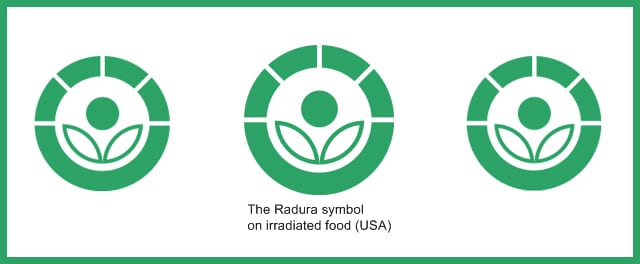
Irradiation Symbol
“Gassing†refers to the use of ripening agents to speed up the ripening process. In the United States, for example, more than half of all tomatoes are harvested and shipped green, and then artificially ripened with a gas like ethylene gas (Ethylene gas is a common agent and is produced naturally in many fruits including tomatoes) or calcium carbide upon arrival at produce distributors that supply local markets. The early picking, transport and rapid ripening generally results in suboptimal tasting fruit/vegetables.
Now fruits ripened artificially by ethylene (and acetylene) are considered safe to eat by FDA standards. There are no known health hazards of consuming artificially ripened fruits per se and we see ethylene gas used on a large scale since it allows the picking of many fruits raw and shipping them globally. I say per se, because as we all know decisions made by governments do not impact all citizens the same due to execution or at times intent. Long travel distances and large scale production means more individuals are part of the distribution chain and when it comes to the poor and disenfranchised, people of color, etc. the integrity of some individuals is compromised for profit vs. well-being of end consumers. Meaning shortcuts may be taken in their “gassing†processes.
At the end of the day I’m a risk manager. There is so much information out there and health and safety standards in food seem to be forever changing that I resort to the simpler the better. I can buy local food directly from the producer/farmer who is about 100 miles away from me or deal with a distribution chain where the food journey starts 1500 plus miles away and touches many different hands. My attitude is born out of my Grandfather’s behavior. He was very Frank Lucas like when it came to middlemen. He wanted that direct connect on everything, especially food. Though we lived in the hood, he grew his “own shit†and what he couldn’t, he bought from the Dallas Farmers Market. In many ways he was ahead of the game and was doing local before it was trendy. We chose our current neighborhood partly because of the proximity to the Mueller Neighborhood Farmer's Market which is the best in Austin. It's walking distance to my house and complements what I grow at home and at my mother-in-law's. I can buy meat from farmers whose principles and practices for raising animals are consistent with mine.
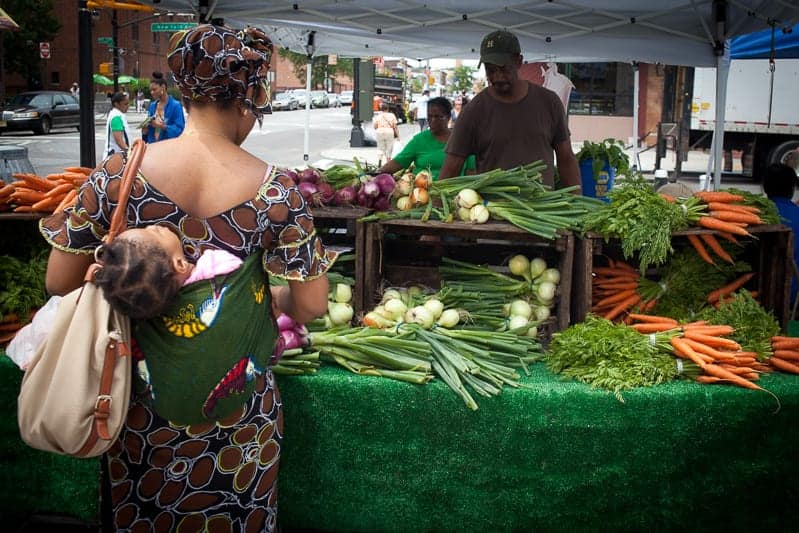
Marcy's Plaza Farmer's Market in Brooklyn: Photo From Black Urban Growers Website
What advantages do local food sourcing provide?
Locally grown food served fresh and in season has a huge taste advantage. It's harvested at the peak of ripeness and doesn't have to be altered to travel to your table. Yes there are practical challenges such as regional climate/geographical considerations. Some crops just simply aren’t appropriate for certain climates so we have to make concessions. However, the key is our mindsight – importing foods should be seen as a way to supplement not replace local.
Additionally other benefits include:
- More nutrition – once fruit/vegetables are picked the nutritional clock starts. The more time expires the more nutritional content decreases
- Sells in season so most abundant and least expensive
- Less chance for contamination since simple and fewer people in the process and thus more integrity in the chain
- Opportunity to meet/talk to the actual producers and understand their methods from growing/raising their products whether its meat or fruit and vegetables.
Resources for Local Food Sourcing
If you're interested in opportunities to get more locally grown foods into your life try google searches for farmers markets in your neighborhood or city. Also try similar searches to identify farms that offer opportunities for patrons to visit and pick their own produce. Frequently referred to as U-pick or Pick-your-own (PYO) farms  they represent a "farm to table" strategy where consumers do the harvesting themselves in order to select fresher, more ripe produce at lower prices. In other scenarios farmers will harvest day of and drive to a central location where consumers can purchase freshly picked produce. This link Pick You Own Produce is a great resource for finding the PYO nearest to you. Also for those who live in urban areas with less access peep this link to find lists of black farmers that serve many urban cities like Philly, New York, Detroit, etc. Encourage your Church to partner with nearby farmers if they aren't doing so. My Chicago Church - Trinity United Church of Christ has a great program where we host local black farmers each Saturday in the community for a Farmers Market and allow the neighborhood to purchase directly from farmers.
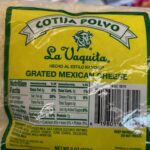











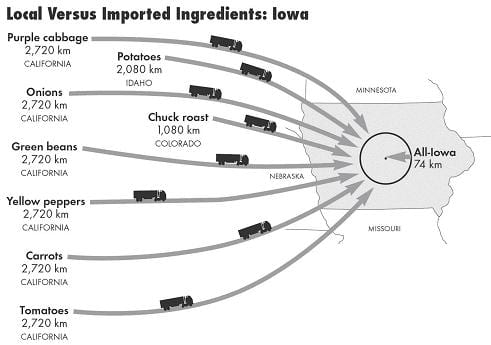
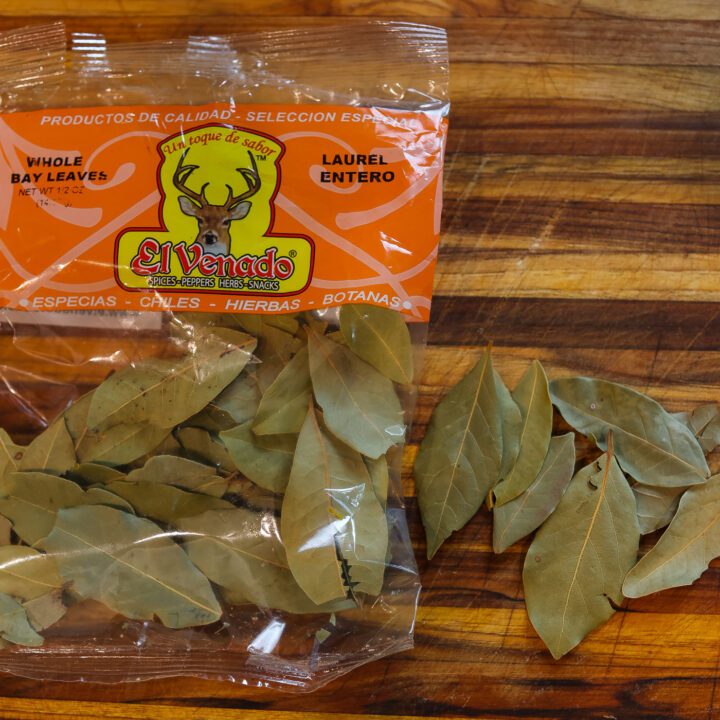
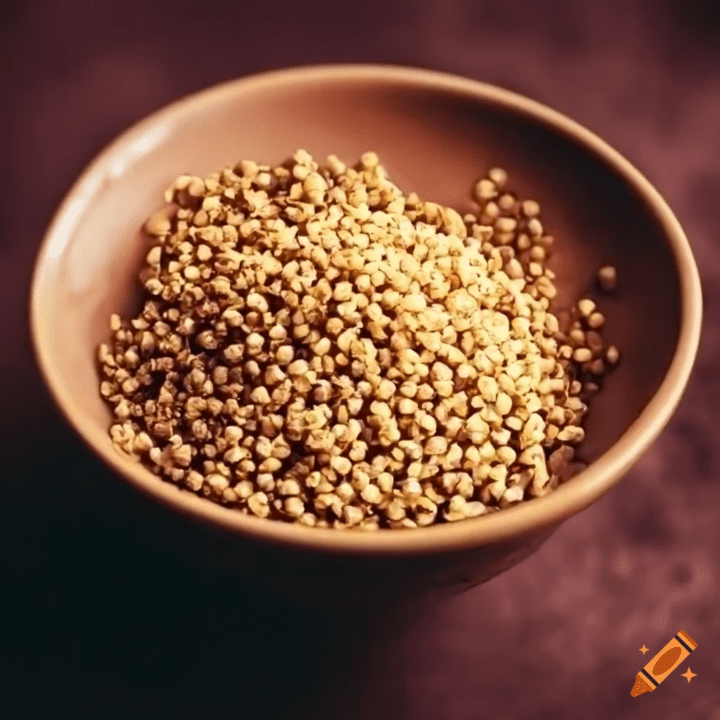
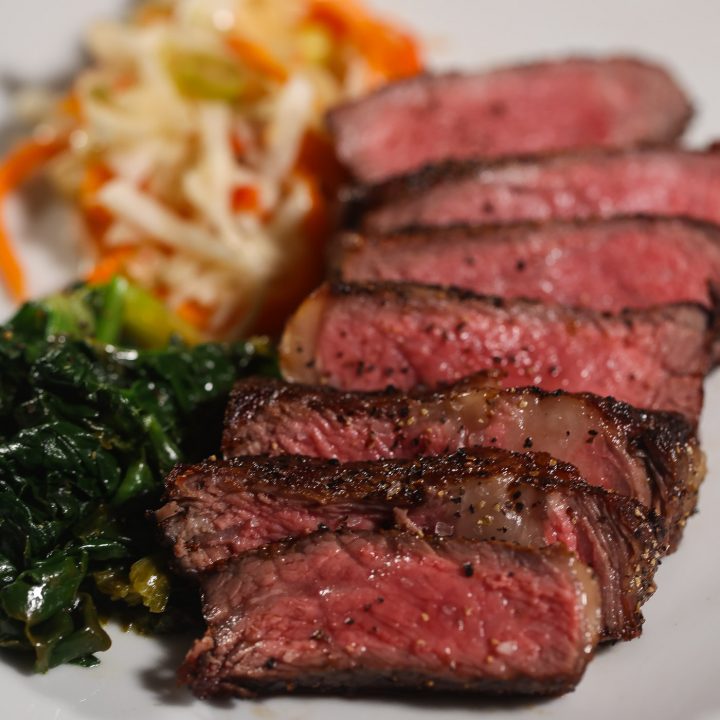
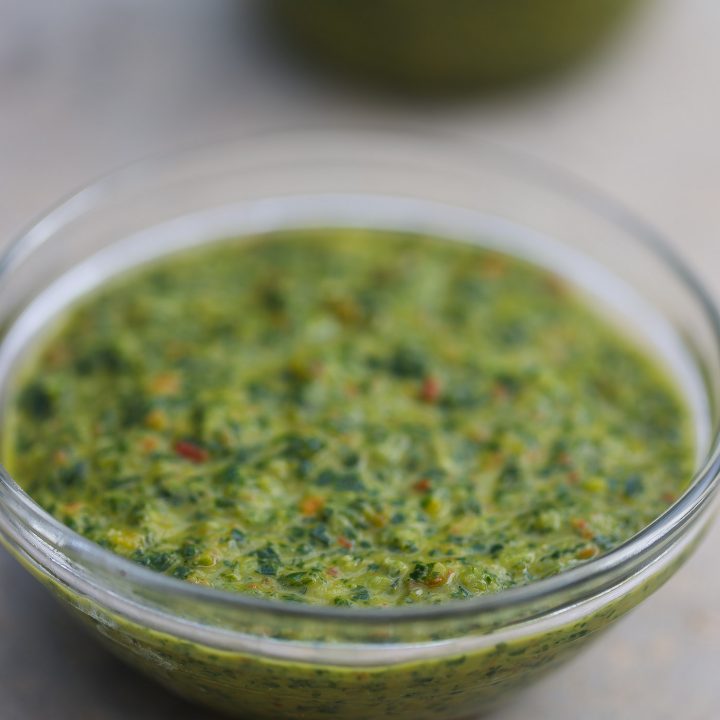
Leave a Reply